How High Can Hot Air Balloons Fly? A Comprehensive Guide To Understanding Balloon Altitudes
Hot air ballooning is a unique and enchanting experience, often leaving participants in awe of the views and sensations it offers. For those new to this world, understanding how high these balloons can fly is both intriguing and essential. This guide aims to answer the question how high hot air balloons can fly in a clear and accessible manner, ensuring that even those with no prior knowledge of how hot air balloons work can grasp the essentials.

Basic Terminology: AGL and MSL
Let’s clarify two important terms you’ll often hear in aviation, including hot air ballooning: AGL (Above Ground Level) and MSL (Mean Sea Level). AGL refers to the height above the ground directly below, while MSL is a standard measurement that refers to the average sea level. Understanding these terms is the first step in appreciating the altitudes that hot air balloons can reach. With this basic terminology in mind, we can now explore the typical altitudes for balloon flights, which vary depending on the type of flight.
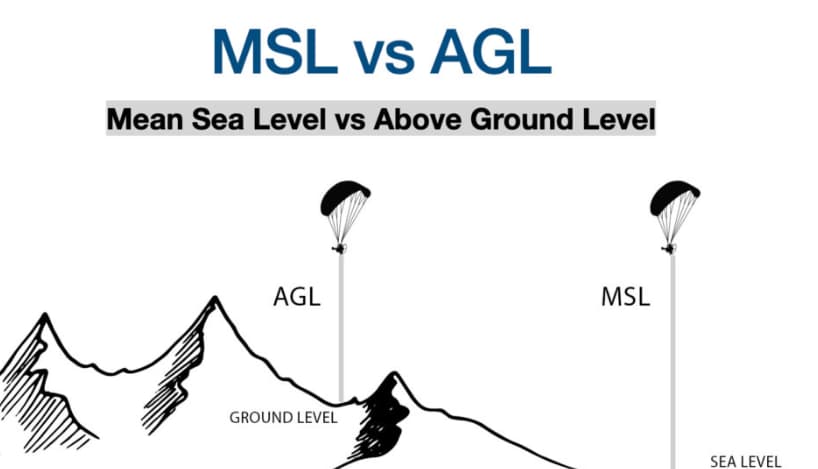
Typical Altitudes for Hot Air Balloon Flights
Recreational hot air balloon flights usually hover between 500 to 3,000 feet AGL. This range is perfect for a serene yet visually stunning experience, allowing passengers to see the landscape in great detail while still feeling the thrill of altitude. On the other hand, commercial passenger balloons often fly a bit higher, typically between 3,000 to 7,000 feet AGL. This higher vantage point offers broader, more breathtaking views. Understanding these typical flight altitudes sets the stage for exploring what factors limit how high these balloons can safely go.

Oxygen Use in Hot Air Ballooning
Just like mountain climbers, hot air balloon passengers and pilots may need supplemental oxygen at higher altitudes. At around 10,000 feet (about 3,000 meters), the amount of oxygen in the air decreases enough to potentially affect passengers, leading to altitude sickness. Flights above 14,000 feet require that all passengers and pilots use oxygen. Additionally, for any flight that maintains an altitude between 12,500 to 14,000 feet for more than 30 minutes, oxygen is also required. Therefore, any flight above these heights necessitates supplemental oxygen to ensure the safety and comfort of everyone on board.
Factors Limiting the Altitude of Hot Air Balloons
The altitude of a hot air balloon is not just a matter of how high it can technically go. Several factors play a role in determining this limit. One significant factor is airspace classifications, like Class B airspace, which surrounds busy airports and extends up to 10,000 feet MSL. Balloons rarely enter this airspace due to the requirement of a transponder, a device that many balloons do not carry. This limitation helps ensure the safety of both balloon passengers and those in larger aircraft. Besides airspace regulations, environmental and physical factors also play a crucial role in determining how high a balloon can safely fly.
Navigating the Airspace in a Hot Air Balloon
Airspace is like an invisible map in the sky, divided into different classes (C, D, E, and G) based on factors such as altitude and proximity to airports. Hot air balloons typically operate in class G (uncontrolled) airspace and E airspace, and they can also venture into classes C, D, and with air traffic control clearance. This is important because hot air balloons generally don’t have Mode S transponders, which are devices that help air traffic control track and identify aircraft. Therefore, balloons need to stay in airspace where their lack of a transponder won’t pose a safety risk.
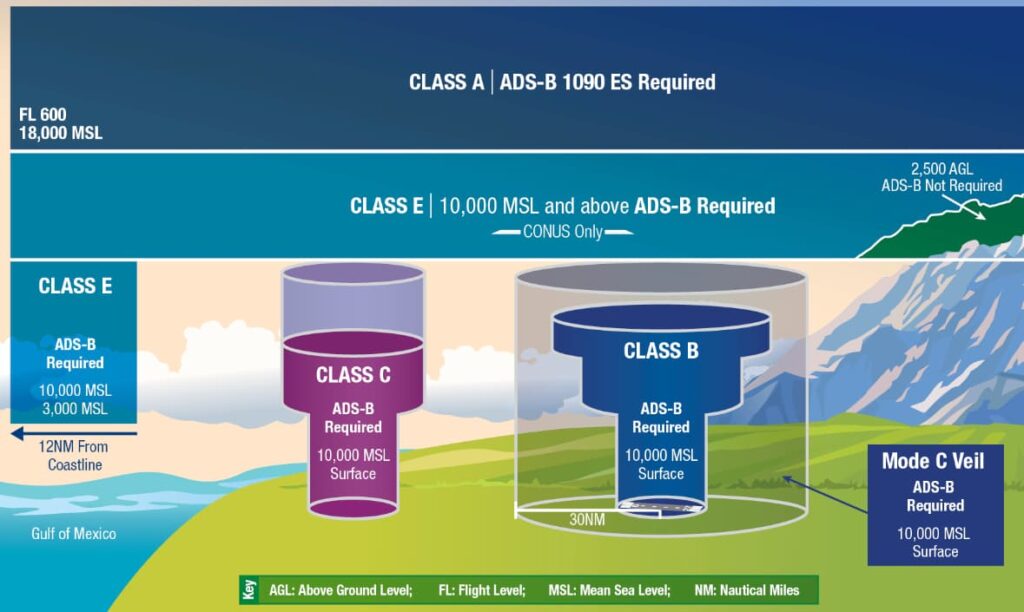
Another fascinating aspect of ballooning is using the winds at different heights to navigate. As the wind direction can change with altitude, pilots ascend or descend to find the ideal wind going in the direction they want to travel. Due to the heat transfer and convection heating a few hours after sunrise, hot air balloon pilots typically find variable winds near the surface. This minor thermal activity makes steering a balloon a true art. It’s a bit like sailing without a steering wheel on an invisible current that is constantly changing, making each flight a unique journey guided by the whims of the atmosphere. Although hot air balloons aren’t officially steerable, professional pilots are typically able to steer the balloon using different altitudes and get to a specific landing location.
Environmental and Physical Factors Influencing Altitude
The higher a balloon goes, the thinner the air becomes, which affects both oxygen levels and air pressure. Supplemental oxygen is typically only needed above 12,500 feet MSL, a much higher altitude than most recreational balloon flights reach. Additionally, the temperature drops about 3.5°F for every 1,000 feet in altitude, which can lead to very cold conditions. The design of the balloon itself also sets a limit on how high it can fly. Each balloon has a maximum operational altitude determined by its size, the capacity of its heating system, and the weight of the passengers. Larger balloons with balloon envelopes over 180k cubic feet have more lift and can be used to reach higher altitudes. Typically Weather conditions are another critical aspect that balloon pilots must consider before and during each flight.
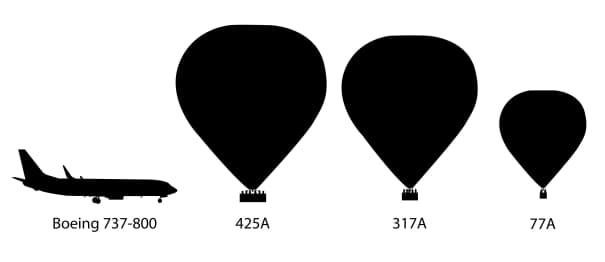
The Role of Weather and Atmospheric Conditions
Weather significantly influences the altitude a hot air balloon can reach on any given flight. Wind speeds and directions, temperature, and the presence of thermals all impact a balloon’s performance. Pilots use their expertise to read these conditions and make real-time decisions, ensuring a safe and enjoyable flight. For instance, wind speeds tend to increase with altitude, and pilots use this to navigate, ascending or descending to catch favorable winds. The unique experience of altitude in hot air ballooning is not just about height but also about how these environmental factors are skillfully managed. This leads us to consider what it actually feels like to be at different altitudes in a hot air balloon.
The Experience of Altitude in Hot Air Ballooning
Experiencing altitude in a hot air balloon is unlike any other form of flight. There’s an open view all around, and the sensation of floating peacefully in the sky is truly unique. The quiet, punctuated only by the occasional burst of the burners, adds to the surreal experience. At different altitudes, this experience changes subtly – lower flights offer detailed views of the landscape, while higher flights provide expansive and awe-inspiring vistas. Safety, of course, is a paramount concern in ensuring that this experience remains enjoyable and risk-free.
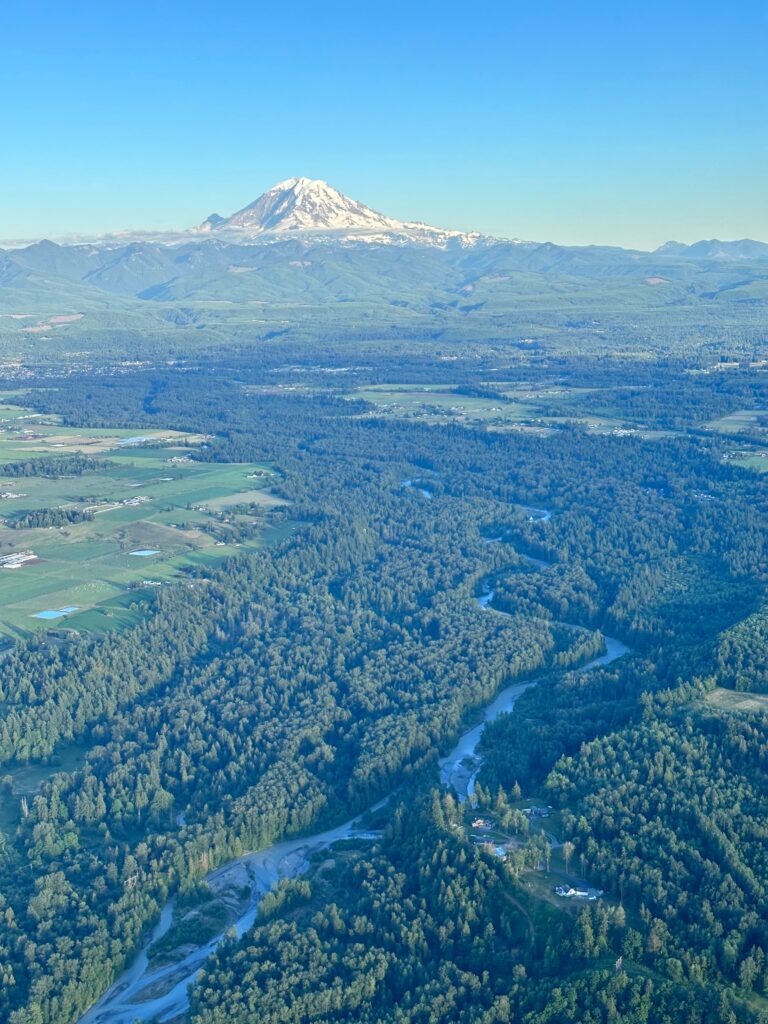
Safety Considerations in Hot Air Ballooning
Safety in hot air ballooning is multi-faceted, involving pilot training, equipment checks, and passenger safety briefings. Pilots are trained to understand weather patterns and navigate at different altitudes while handling emergency situations. Regular maintenance and checks of the balloon ensure its safe operation, especially considering the varying pressures and temperatures experienced at different altitudes. Passengers are also briefed on safety procedures, contributing to the overall safety of the flight. These safety measures are crucial in providing a secure environment, allowing passengers to enjoy the unique hot air ballooning experience. Proper personnel is important in any aviation operation. Hot air balloon ground crews help assemble and keep tabs on the balloon during flight and meet the balloon on landing.
Addressing the Fear of Heights vs. Fear of Falling in Hot Air Ballooning
A common misconception about hot air ballooning is that it’s not suitable for those with a fear of heights, known as acrophobia. Surprisingly, over 50% of passengers who embark on a hot air balloon ride report having some fear of heights. However, the unique experience of ballooning often alleviates these fears, leading to a comfortable and enjoyable flight for 99% of passengers.

Understanding Acrophobia vs. Basophobia
It’s important to distinguish between acrophobia and basophobia. Acrophobia is the fear of heights itself, which can be triggered by being high up and feeling exposed or vulnerable. Basophobia, on the other hand, is the fear of falling. This fear is often more about the potential of losing one’s balance and the subsequent fall, rather than the height itself. Examples of basophobia include the fear of falling off a roof or ladder or even tripping while walking.
Why Hot Air Ballooning is Different
In the context of hot air ballooning, this distinction becomes crucial. The balloon’s gentle ascent and the stability of the flight create an environment that doesn’t typically trigger basophobia. Unlike standing on a ladder or a rooftop, where balance and movement are factors, a hot air balloon basket is remarkably stable. The sides of the basket usually come up to chest level, providing a sense of security and enclosure.
Furthermore, the lack of relative movement plays a significant role in passengers’ comfort. When you’re in a hot air balloon, there’s no sensation of wind rushing past you, as the balloon moves with the wind. This absence of wind and the balloon’s steady position in the air often make passengers feel more like they are floating, rather than being at a high altitude.
The Ballooning Experience for Passengers with Height Fears
For many, the experience of being in a hot air balloon is more akin to standing by a large window with a panoramic view, rather than being exposed to a height. The psychological impact of this is substantial. Passengers who might feel uneasy on a ladder or at the edge of a cliff often find themselves surprisingly at ease in the basket of a hot air balloon. The enclosure of the basket, combined with the gentle motion and the distraction of the stunning views, helps to alleviate the fear of falling.
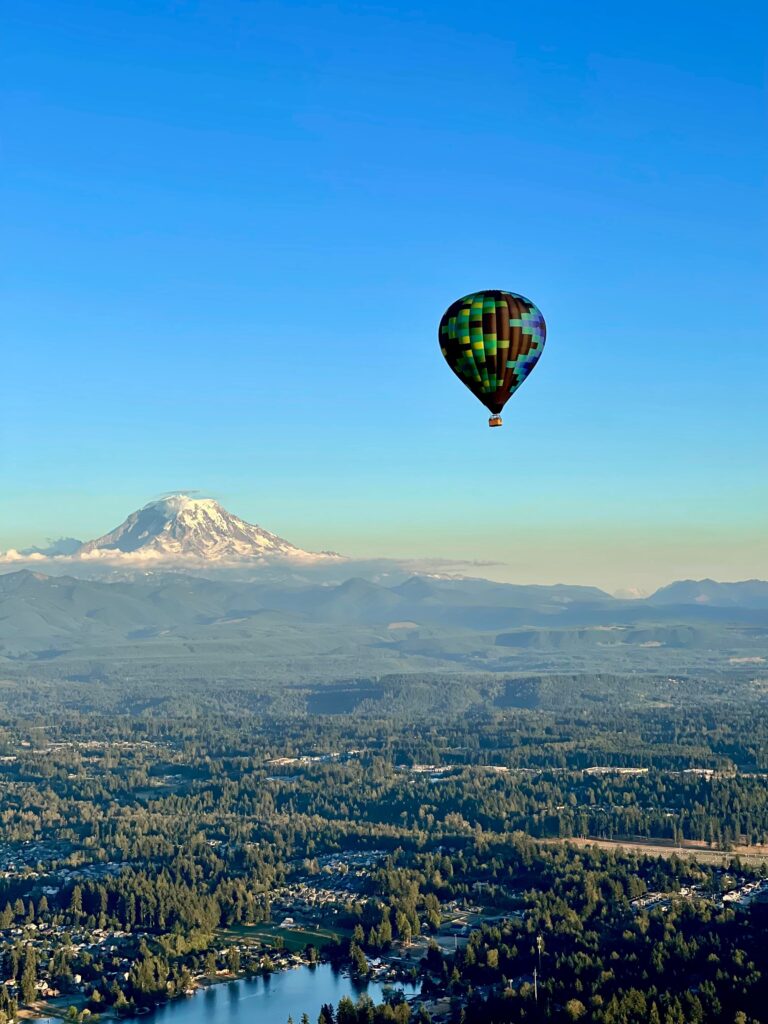
Record-Setting Hot Air Balloon Flights (Altitude)
Balloonists around the world have always been enchanted by the question: how high can a balloon truly fly? While most hot air balloons are regulated to rise no more than 3,000 feet today due to airspace, there are exceptions to this rule where daring adventurers have decided to push the limits and ascend to record-breaking heights.
On November 26th, 2005, Vijaypat Singhania set out on a mission to challenge the altitude limits of hot air ballooning. Launching from Bombay, India, he piloted a specially-designed balloon named “Envelope,” towering at 160 feet high. Crafted by Don Cameron, a renowned figure in the hot air ballooning world, this balloon was designed to reach altitudes far beyond the norm.
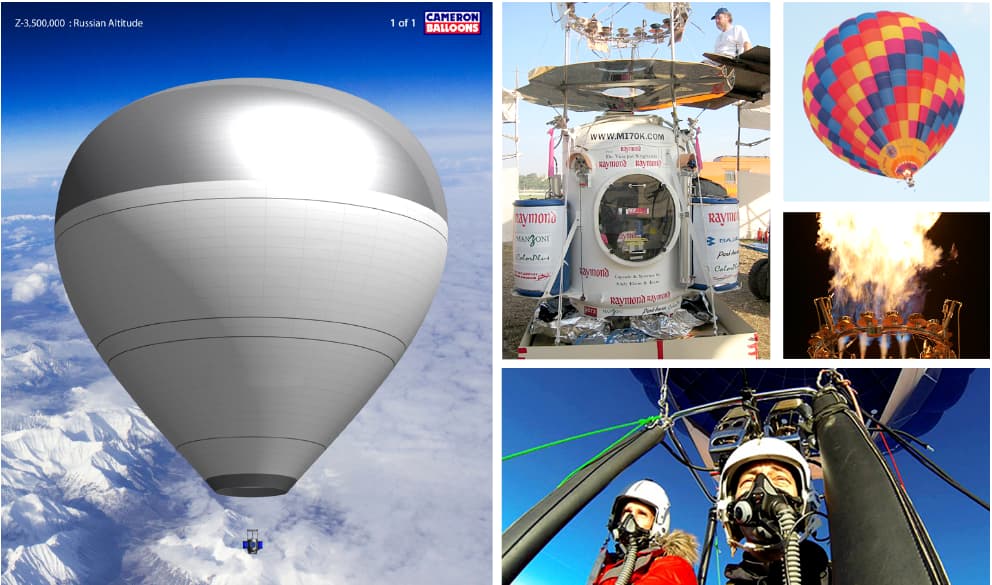
With safety measures including an accompanying helicopter to monitor his ascent and prepare for landing, Singhania climbed to an astounding height of 69,850 feet. His landing site was a town called Panchale, 150 miles south of Bombay, and with that, he etched his name in history, breaking a record that still stands today.
But this record didn’t materialize out of thin air. Preceding Singhania’s feat was an equally daring balloonist, Per Lindstrand. On October 24th, 2014, Lindstrand rose to over 64,000 feet in the air in Plano, Texas. This remarkable achievement was the world record at the time and, despite being surpassed, remains an impressive feat in the annals of hot air balloon history. Beyond his altitude achievements, Lindstrand holds numerous other records for distance and duration, cementing his place in the lore of ballooning.
Helium Filled Balloon Altitude Record
While helium and hydrogen balloons operate on a similar principle of buoyancy, helium and hydrogen balloons have the advantage of being filled with a gas that’s naturally lighter than air.
The record for the highest helium balloon flight astonishingly reached the stratosphere, at an altitude of 25 miles, far beyond the cruising altitude of most airplanes. The balloonist, suited in specially-designed life support gear to withstand the extreme conditions, spent around 30 minutes at this height before making a freefall that lasted for almost five minutes, breaking the sound barrier in the process. Though this didn’t challenge the records in hot air ballooning, it remains an extraordinary feat in the world of flight.
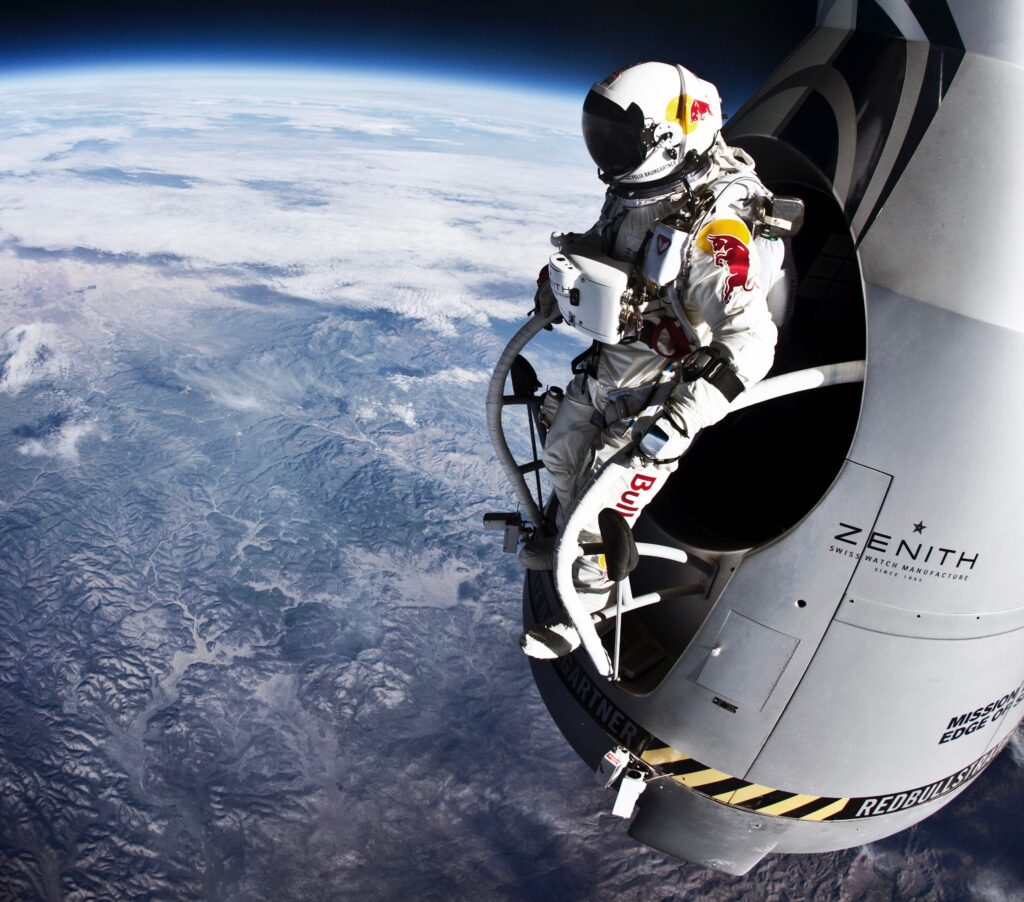
Gas Balloon Altitude Records in the 1930’s
Let’s not forget the groundbreaking altitude records set by Jean-Felix and Bertrand Piccard. Father and son duo, Jean-Felix Piccard reached an altitude of 55, 563 feet in 1932, and Bertrand Piccard along with Brian Jones completed the first non-stop balloon flight around the world in 1999.
These record-setting feats not only showcase human courage and ingenuity but also open up exciting possibilities for the future of hot air ballooning.

How High Do Hot Air Balloons go?
- Basic Principle of Hot Air Balloons: Hot air balloons work on the simple principle that hot air rises. By heating the air inside the balloon, it becomes lighter than the cooler air outside, allowing the balloon to ascend.
- Usual Altitude for Recreational Flights: Most recreational hot air balloon flights hover around 1,000 to 3,000 feet above ground level, providing a breathtaking view while maintaining a detailed landscape.
- Record-Breaking Hot Air Balloon Heights: There are some exceptions to the 3,000-feet rule. Vijaypat Singhania holds the record for the highest altitude in a hot air balloon, reaching 69,850 feet in 2005. Before him, Per Lindstrand held the record, reaching over 64,000 feet in 2014.
- Helium Balloon Altitude Record: Helium-filled balloons, due to their inherent buoyancy, have reached the stratosphere, a height of 25 miles, breaking the sound barrier in the process.
- Historic Gas Balloon Records: Jean-Felix Piccard reached an altitude of 55,563 feet in 1932, and his son Bertrand Piccard completed the first non-stop balloon flight around the world in 1999.
- Limits to Hot Air Balloon Altitude: The maximum height a hot air balloon can reach is limited by the outside air temperature, the size of the balloon, and the amount of fuel available for heating the air inside the balloon.
- Oxygen Use in Hot Air Ballooning: At around 10,000 feet, the amount of oxygen in the air decreases enough to potentially affect passengers. Flights above 14,000 feet require that all passengers and pilots use supplemental oxygen.
- Navigating Airspace in a Hot Air Balloon: Hot air balloons typically operate in uncontrolled airspace and use the winds at different heights to navigate. Due to their lack of Mode S transponders, they need to stay in airspace where this won’t pose a safety risk.
